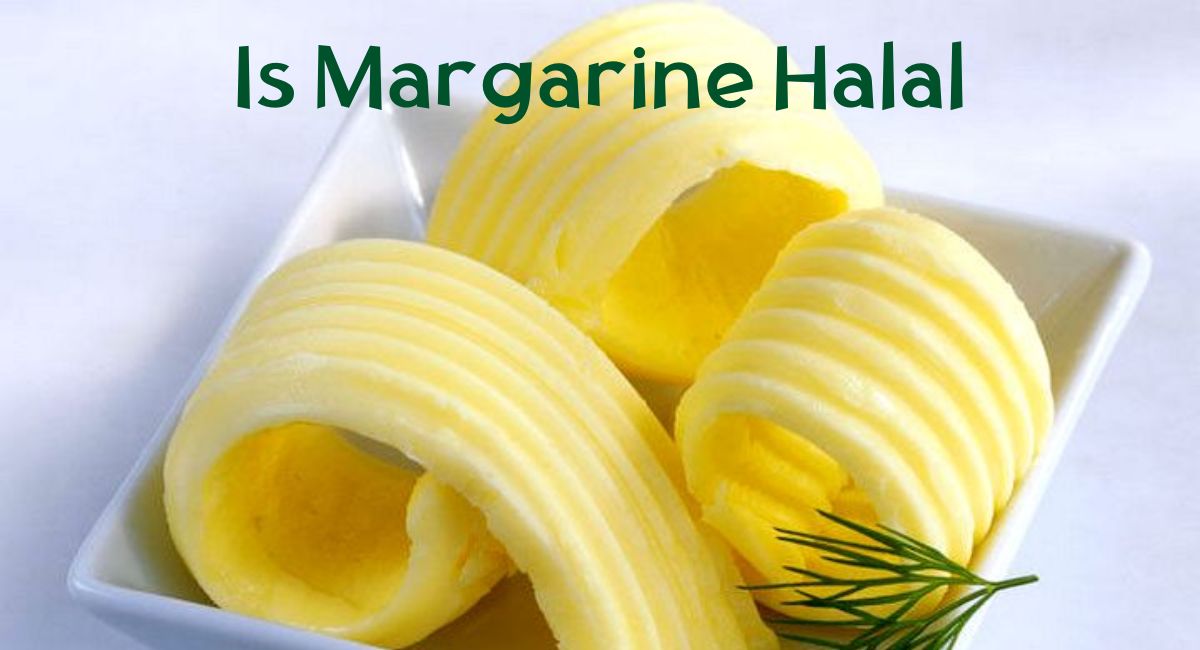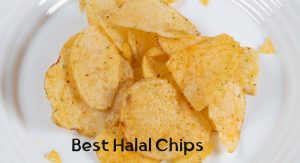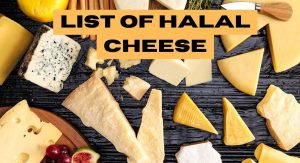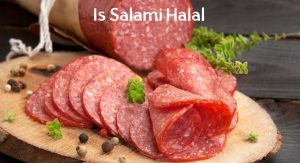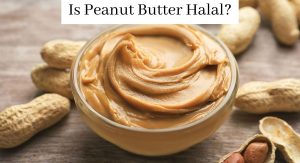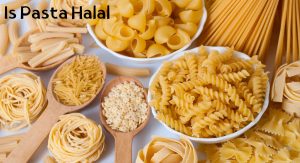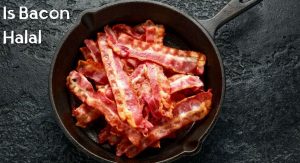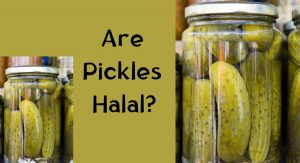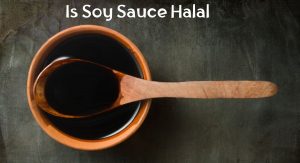In today’s diverse culinary landscape, individuals from various cultural and religious backgrounds seek clarification regarding the halal status of different food products. Among the items that often raise questions is margarine, a popular butter substitute used in countless recipes. The quest for halal food options is rooted in the desire to consume permissible and morally acceptable products according to Islamic dietary laws. This blog aims to shed light on the topic of margarine and delve into the question, “Is margarine halal?” We will explore the ingredients, production methods, and certifications involved in determining the halal status of margarine, providing you with a comprehensive understanding of this widely used culinary ingredient.
What Is Margarine?
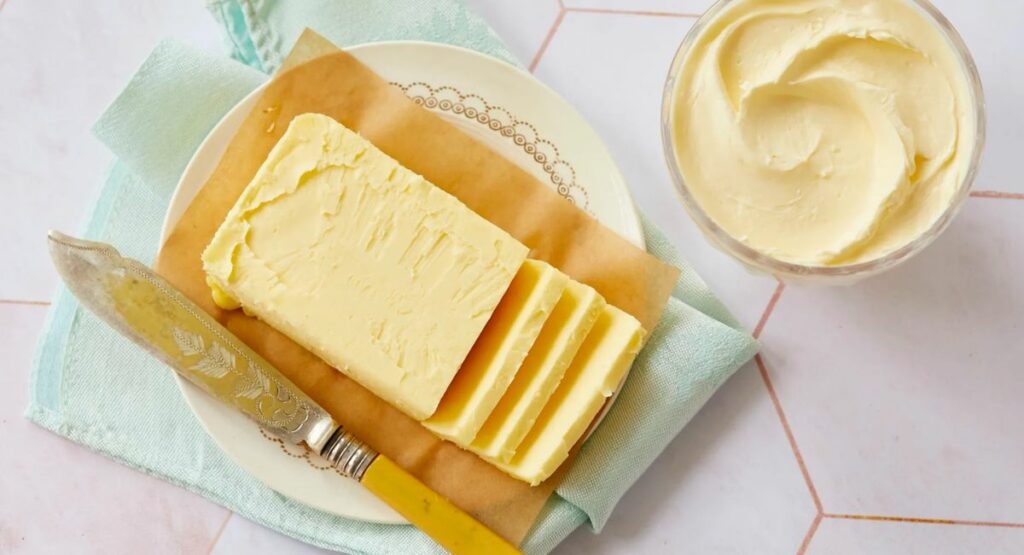
Margarine is a widely consumed butter substitute that has gained popularity in the culinary world. It is a versatile and affordable alternative to butter, commonly used for cooking, baking, and spreading on various food items. Margarine is typically made from vegetable oils, water, emulsifiers, flavourings, and colourants.
Emulsifiers play a crucial role in margarine production by ensuring the proper blending of ingredients that would otherwise separate. They help stabilize the mixture, creating a smooth and uniform product. Common emulsifiers used in margarine production include mono- and diglycerides, lecithin, and sorbitan monostearate. These emulsifiers can be derived from both plant and animal sources, raising questions regarding the halal status of margarine.
Flavourings and colourants are added to margarine to enhance its taste and appearance. Natural and artificial flavours are used to mimic the buttery taste that margarine aims to replicate. Colourants are added to give margarine a similar yellow hue to butter, making it visually appealing and more appetizing.
It is important to note that margarine is available in various forms, including stick margarine, tub margarine, and spreadable margarine. Stick margarine closely resembles the shape and texture of butter, making it convenient for baking and cooking. Tub margarine has a softer consistency, allowing for easy spreading on bread, toast, or other food items. Spreadable margarine typically contains a higher percentage of liquid oil, making it extremely easy to spread, even when refrigerated.
Margarine offers certain advantages over butter. It is often considered a healthier option due to its lower saturated fat content and absence of cholesterol. Margarine can be fortified with essential vitamins and minerals, such as vitamins A and D, to provide additional nutritional value. Furthermore, it is suitable for individuals with lactose intolerance or milk allergies, as margarine is dairy-free.
In conclusion, margarine is a popular butter substitute made from vegetable oils, emulsifiers, flavourings, and colourants. Its production process involves hydrogenation to achieve a solid consistency and emulsifiers to maintain a uniform texture. Margarine comes in different forms and offers various benefits, making it a versatile choice for cooking, baking, and spreading.
What Is Margarine Made By?
Margarine is a spread typically made from vegetable oils, water, salt, and emulsifiers. The process of making margarine involves several steps, including:
- Oil Extraction: Vegetable oils such as soybean, canola, sunflower, or corn oil are extracted from their respective sources.
- Refining: The extracted oils undergo a refining process to remove impurities, odour, and colour. This is done through processes such as degumming, neutralization, bleaching, and deodorization.
- Hydrogenation: The refined oils are then subjected to hydrogenation, a process that involves the addition of hydrogen gas to convert liquid oils into a more solid form. This helps to increase the stability and shelf life of margarine.
- Blending: The hydrogenated oils are blended with liquid vegetable oils to achieve the desired consistency and texture. This step allows for the customization of margarine’s fat content.
- Emulsification: Emulsifiers such as mono- and diglycerides are added to the oil blend. These emulsifiers help stabilize the mixture by allowing the oil and water components to remain uniformly mixed.
- Pasteurization: The margarine mixture is heated to a specific temperature to kill any potentially harmful bacteria.
- Cooling and Solidification: The heated mixture is then cooled, allowing it to solidify into a spreadable consistency.
- Addition of Salt and Flavorings: Salt is added to enhance the taste, while additional flavourings such as artificial butter flavour or natural ingredients may be included to mimic the taste of butter.
- Packaging: The finished margarine is packaged into containers or tubs for distribution and sale.
It’s important to note that there are various types of margarine available, including traditional margarine, light margarine (lower in fat content), and plant-based margarine made from oils like olive, coconut, or avocado oil. The specific ingredients and production processes may vary slightly depending on the brand and type of margarine being produced.
How Is Margarine Made?
Margarine is a popular butter substitute that is commonly used in cooking, baking, and spreading on bread. It is made through a process that involves transforming vegetable oils into a solid form. The production of margarine involves several steps that result in the final product.
The first step in making margarine is the extraction of vegetable oil. Various oils can be used, such as soybean oil, sunflower oil, or canola oil. The oil is obtained by pressing or solvent extraction methods, where the oil is separated from the seeds or fruits of the plants.
Once the vegetable oil is extracted, it undergoes a process called hydrogenation. Hydrogenation involves adding hydrogen atoms to the oil in the presence of a catalyst, usually nickel or platinum. This process helps to solidify the liquid oil and increase its shelf life. However, hydrogenation also creates trans fats, which are known to have negative health effects. In recent years, there has been a shift towards using non-hydrogenated oils to reduce trans fat content in margarine.
After hydrogenation, the oil is then subjected to a process called interesterification. This process rearranges the fatty acids within the oil, resulting in a different texture and melting point. Interesterification helps to improve the consistency and stability of the margarine.
Next, emulsifiers and stabilizers are added to the oil. Emulsifiers help to mix oil and water-based ingredients together and prevent separation, while stabilizers help to maintain the desired texture and prevent crystallization. Common emulsifiers and stabilizers used in margarine production include lecithin, mono- and diglycerides, and potassium sorbate.
To enhance the flavour and aroma, various additives are incorporated into the margarine. These additives can include salt, natural or artificial flavours, and colouring agents. The amount and type of additives may vary depending on the desired taste and appearance of the final product.
Once all the ingredients are combined, the mixture is homogenized and heated to ensure a uniform consistency. The margarine is then cooled, shaped, and packaged for distribution and sale.
It is important to note that the production of margarine has evolved over the years, and different manufacturers may have variations in their processes and ingredients. Additionally, there are now margarine products available that are made without hydrogenation or contain reduced trans fat content, catering to the increasing demand for healthier alternatives.
In conclusion, margarine is made by extracting vegetable oil, hydrogenating it to solidify the oil, and then subjecting it to interesterification to improve its texture. Emulsifiers, stabilizers, and additives are added to enhance the overall quality. The final product undergoes homogenization, cooling, shaping, and packaging before it reaches consumers.
Is Margarine A Pig Fat?
No, margarine is not made from pig fat. Margarine is typically produced from vegetable oils, such as soybean, corn, or canola oil, rather than animal fats. The primary purpose of margarine is to provide a butter substitute for individuals who prefer non-animal-derived products or have dietary restrictions. While some margarine may contain certain emulsifiers or additives that could be derived from animal sources, these ingredients are not limited to pig fat specifically.
It is important to read the ingredient labels and look for certifications or statements indicating that the margarine is suitable for specific dietary requirements, including halal or vegetarian preferences. Many manufacturers clearly state the source of their ingredients, ensuring transparency for consumers who are concerned about the origin of the components used in margarine production.
To reiterate, margarine is primarily composed of vegetable oils and does not typically contain pig fat as a key ingredient. However, it is always advisable to check the specific product labels or contact the manufacturer directly to ensure that the margarine you choose aligns with your dietary needs and restrictions.
Is Margarine Halal Or Haram?
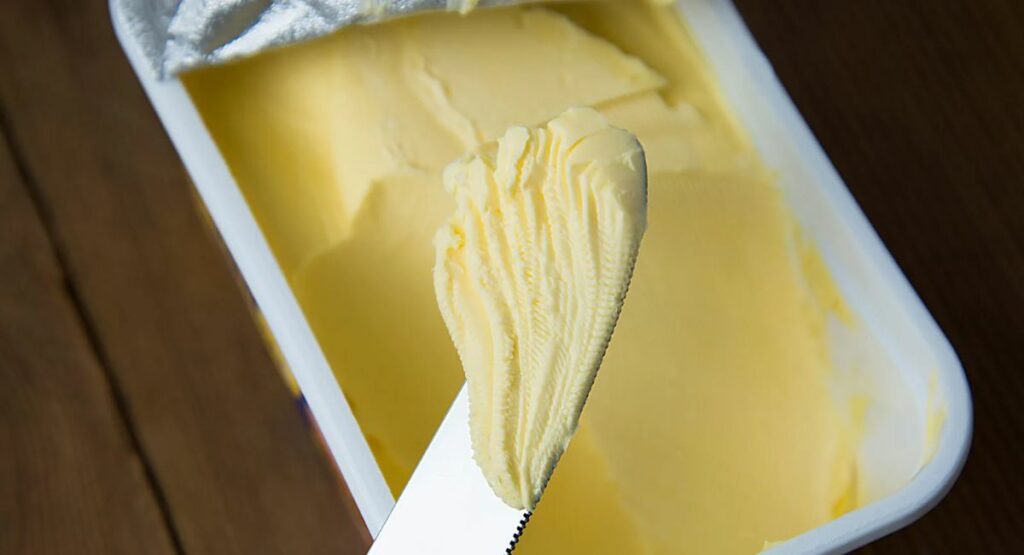
Margarine can be considered both halal (permissible) and haram (forbidden) depending on the ingredients used and the production processes involved. To determine the halal status of margarine, it is important to consider the following factors:
- Source of Ingredients: The oils used in margarine production should be derived from halal sources, such as plant-based oils like soybean, canola, sunflower, or corn oil. It is important to avoid any animal-derived oils, such as lard or tallow, as they are considered haram.
- Emulsifiers: Margarine often contains emulsifiers like mono- and diglycerides. These emulsifiers can be derived from both plant and animal sources. If the emulsifiers are derived from halal sources, the margarine would be considered halal. It is crucial to verify the source of emulsifiers used in the specific margarine product.
- Flavourings: Margarine may include artificial butter flavourings or natural flavourings. These flavourings should be free from any haram ingredients or alcohol. If the flavourings used are halal-certified or derived from halal sources, the margarine would be considered halal.
- Production Processes: The production processes should comply with Islamic dietary laws, ensuring that no cross-contamination occurs with haram ingredients or during the processing of haram foods. Thorough cleaning and segregation measures should be in place to maintain the halal integrity of the margarine.
To determine the halal status of a specific margarine brand or product, it is advisable to look for halal certification from recognized Islamic certification bodies. These organizations assess the ingredients, production processes, and quality control measures to ensure that the margarine meets halal standards.
It’s important to note that the halal status of margarine may vary between different brands and products. Therefore, it is recommended to check the packaging for halal certification or contact the manufacturer directly to obtain accurate information about the halal status of a specific margarine product.
Conclusion
In conclusion, the question of whether margarine is halal has been a topic of concern for many individuals who adhere to Islamic dietary guidelines. After careful consideration, it is evident that the halal status of margarine depends on the ingredients and production methods used by manufacturers.
Margarine can be considered halal if it is made from vegetable oils that are permissible according to Islamic dietary laws. It is important to ensure that the oils used in the production of margarine are derived from halal sources and do not contain any prohibited substances.
Get a complete understanding of the halal status of various food spreads by exploring our comprehensive guides. Make informed choices for your halal lifestyle.
Is Marmite Halal: Dive into the world of Marmite and its halal status. Get the answers you need to enjoy this popular spread while adhering to your dietary requirements.
Is Vegemite Halal: Curious about Vegemite’s halal status? Explore this article to learn whether this iconic Australian spread aligns with your halal dietary guidelines.
